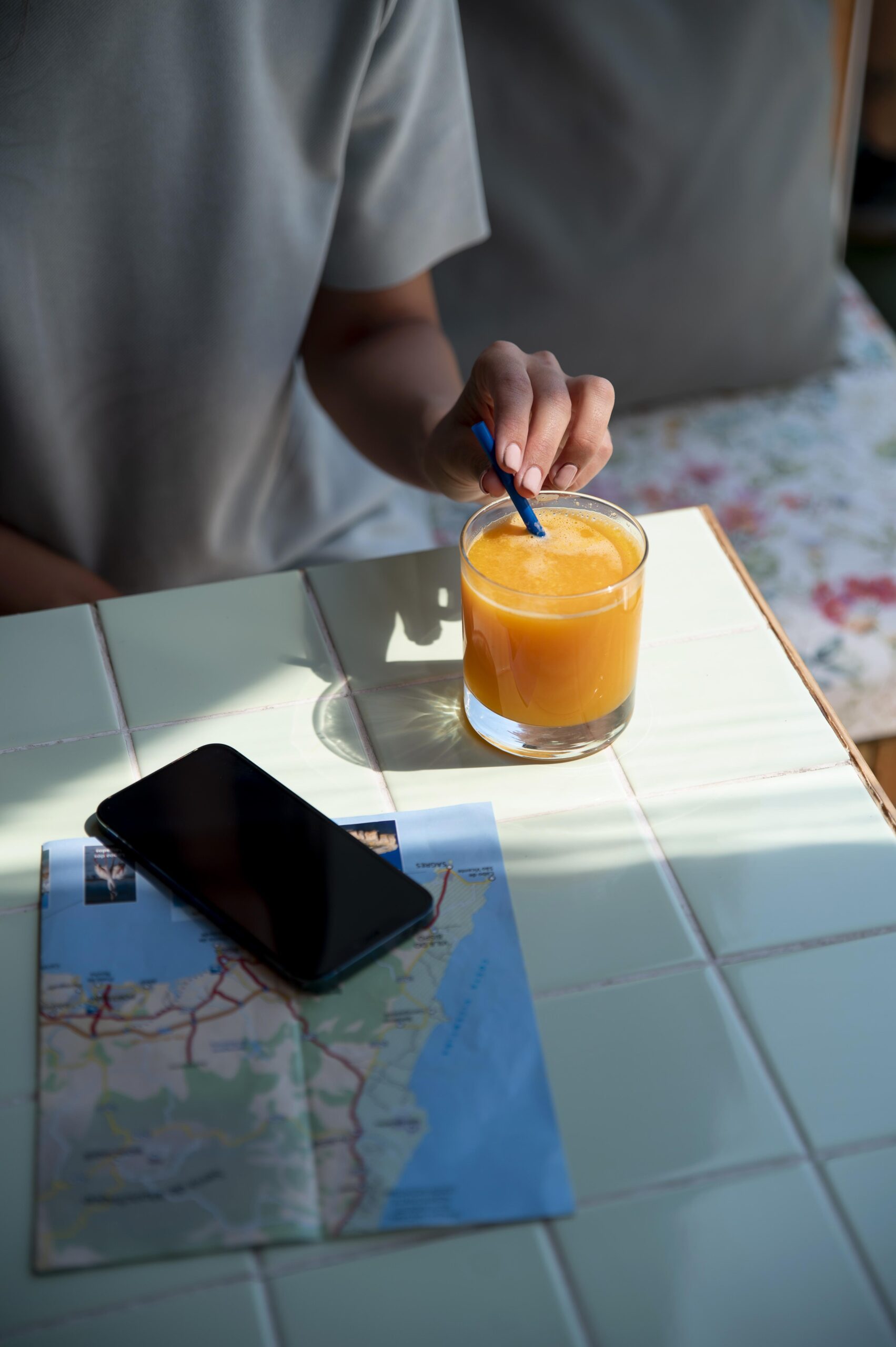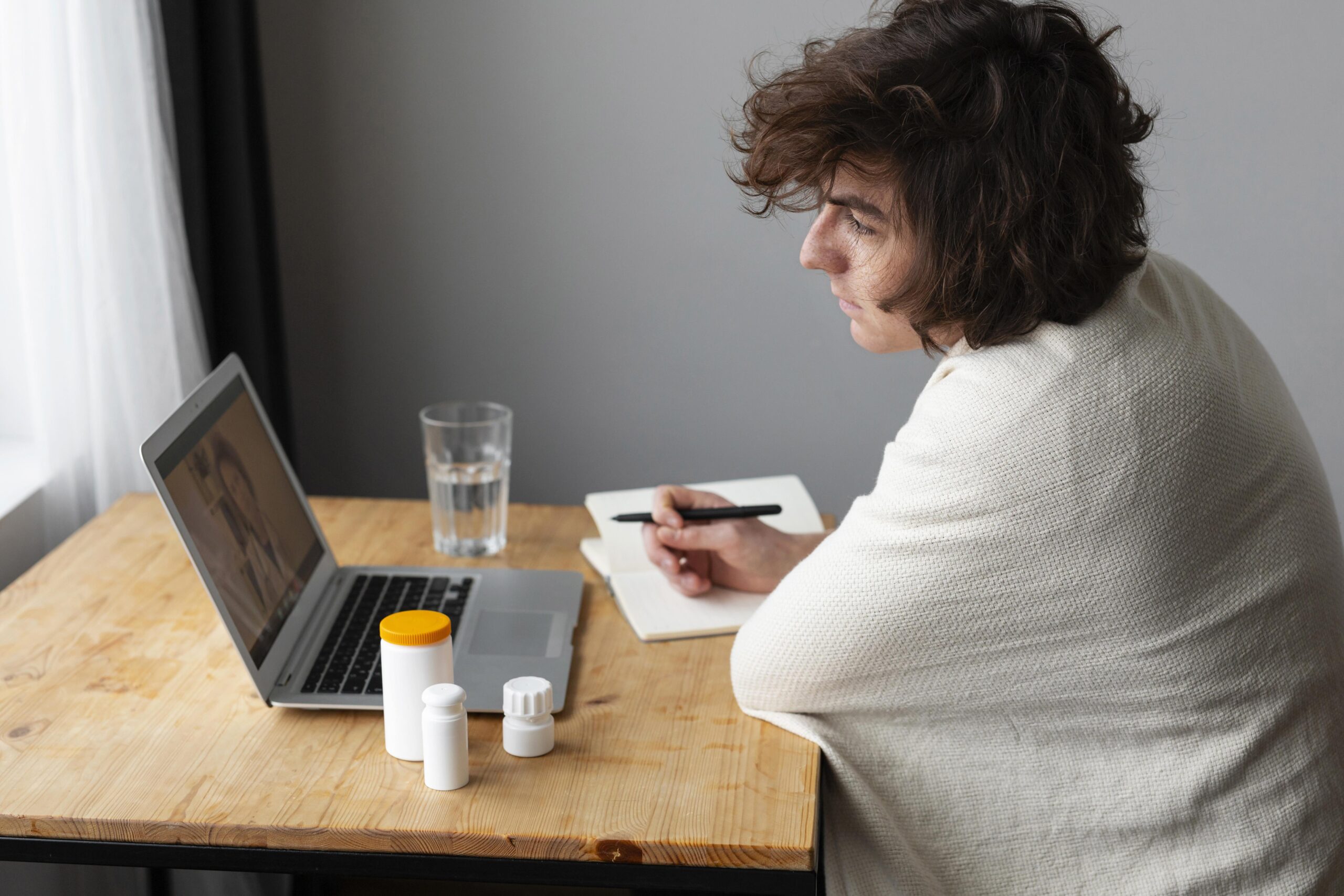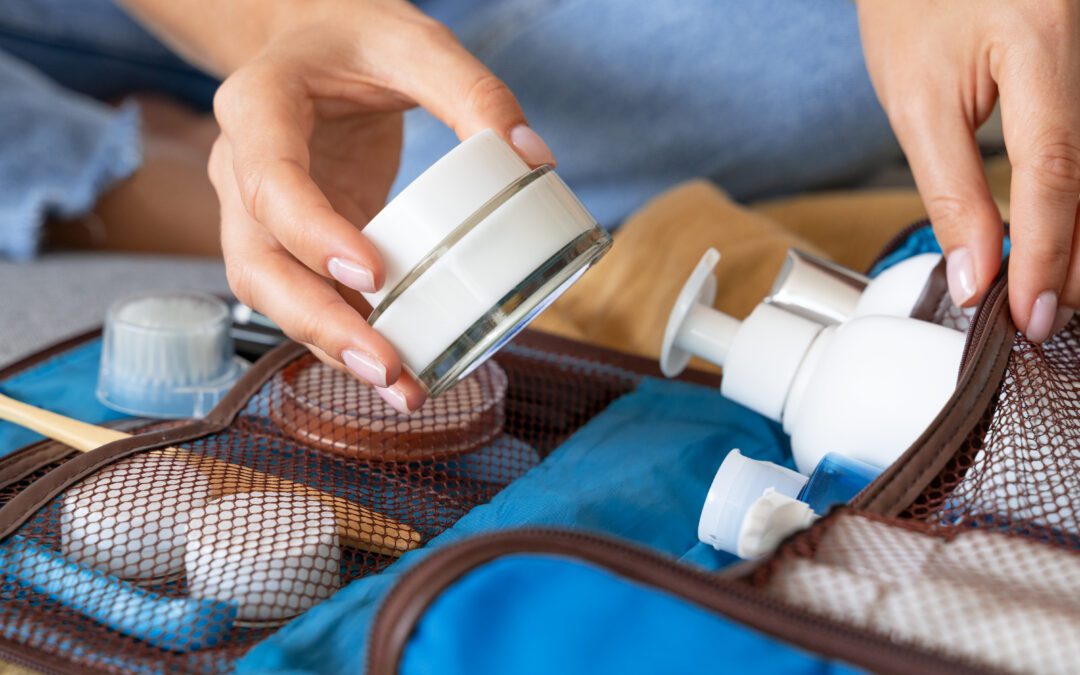During Travel or Eating Out
Levels and avoiding hyperglycemia. However, with careful planning and mindful choices, these challenges can be navigated Traveling or dining out can present unique challenges for diabetics, particularly when it comes to managing blood sugar successfully, allowing those with diabetes to enjoy new experiences without compromising their health.
Understanding Hyperglycemia in Diabetics
Hyperglycemia, or high blood sugar, is a condition where glucose levels in the blood exceed normal ranges. For diabetics, maintaining blood sugar levels can be particularly challenging due to various factors such as irregular meal times, unknown carbohydrate levels in foods, and changes in physical activity. Hyperglycemia can lead to symptoms such as excessive thirst, frequent urination, fatigue, and in severe cases, more serious complications. It is crucial for diabetics to monitor their blood sugar regularly and take proactive measures to prevent hyperglycemia, especially when their usual routines are disrupted.
Planning Ahead for Travel
Preparation is key when managing diabetes during travel. Before embarking on a trip, it is important to consult with a healthcare provider to ensure all medical supplies and contingencies are covered. Essential items include a blood glucose meter, insulin, and any over-the-counter or prescription medications. Keeping a copy of one’s medical history, including a list of medications and doctor’s contacts, is also advisable in case of emergencies.
When traveling by air, carrying snacks to avoid skipping meals due to potential delays is prudent. Non-perishable, low-glycemic options such as nuts, seeds, or whole grain crackers can be handy. It’s also important to stay hydrated by drinking plenty of water and avoiding sugary beverages.

Eating Out Smartly
Eating out can be one of the most enjoyable aspects of traveling, offering opportunities to explore new cuisines. However, it requires mindfulness to prevent hyperglycemia. Prior to dining, it can be beneficial to research menus online, allowing for informed choices about what to order. Portion control is crucial; sharing a dish or opting for a smaller portion can help manage carbohydrate intake effectively.
Choosing dishes with a balance of protein, healthy fats, and fiber can minimize blood sugar spikes. For instance, selecting grilled options over fried ones, choosing whole grains, and prioritizing vegetables are wise dietary strategies. Requesting sauces and dressings on the side also affords greater control over meal components that can affect blood sugar levels.
Adapting Quickly to Unplanned Situations
Flexibility is essential in managing diabetes while traveling or attending impromptu dining events. Keeping a log of how different foods affect blood sugar levels can provide insights that aid future decisions. Additionally, incorporating physical activity, whether it be a brief walk after meals or engaging in local physical activities, can help counteract unexpected spikes in blood sugar.
Conclusion
Successfully managing diabetes during travel or while dining out centers around preparation and informed choices. By understanding the risks of hyperglycemia and planning accordingly, diabetics can navigate new environments and enjoy diverse culinary experiences without sacrificing their health. Adequate preparation, mindful eating habits, and flexibility in response to unpredictable situations can empower diabetics to maintain control over their health and fully enjoy their adventures.
Your content goes here. Edit or remove this text inline or in the module Content settings. You can also style every aspect of this content in the module Design settings and even apply custom CSS to this text in the module Advanced settings.

